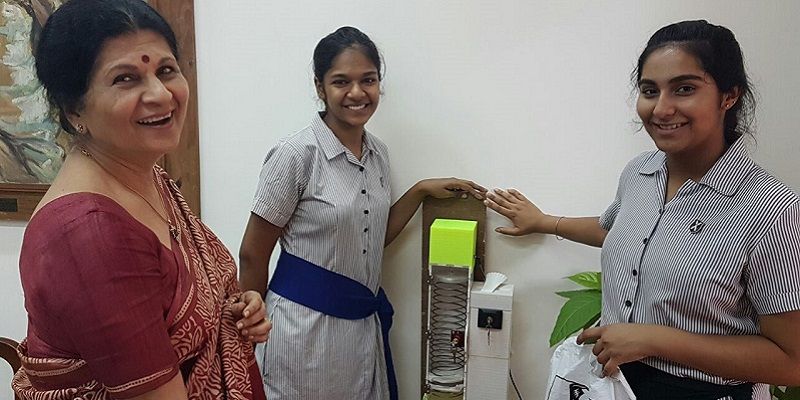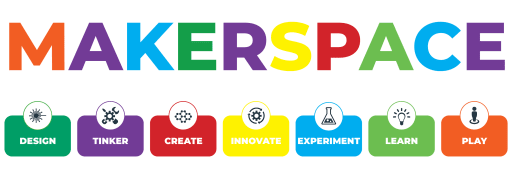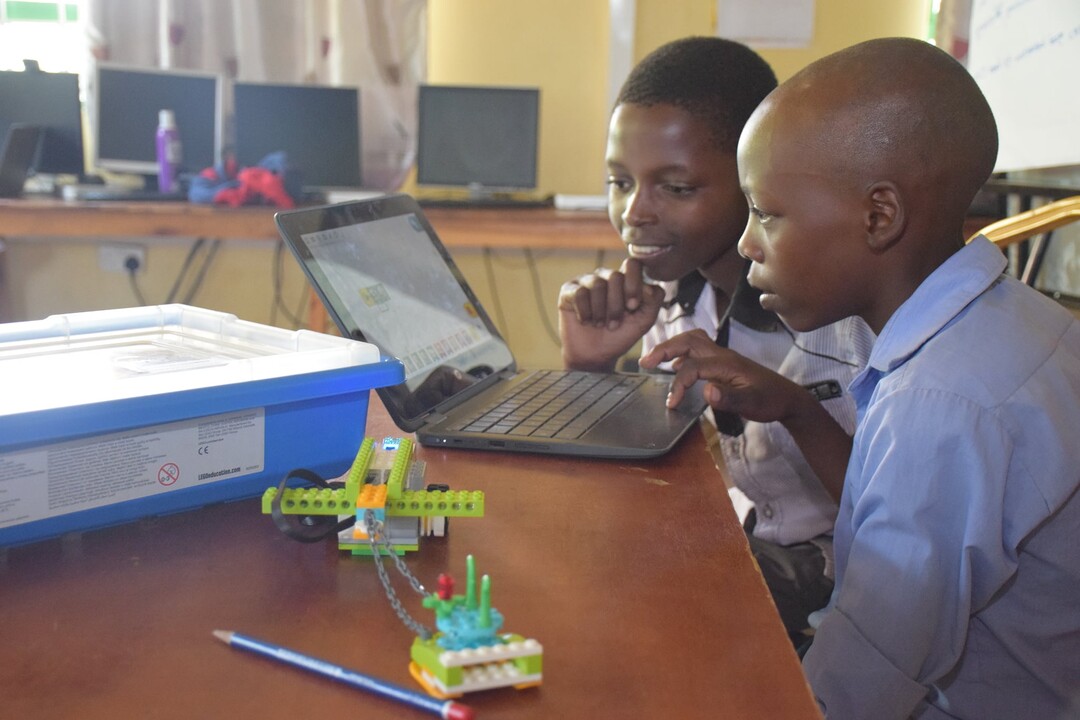In the small village of Achinapata, Ecuador, a group of young people are gathered in a makeshift makerspace. They are working on a variety of projects, from building robots to designing solar-powered lamps. The makerspace is a place where they can come together to learn, experiment, and create.
Imagine that in the heart of rural Nigeria, in a small village named Kafanchan, a young girl named Amina has a dream. Amina’s family can not afford the luxury of a well-equipped school or extracurricular activities, but her relentless curiosity led her to explore the world of makerspaces. These innovative learning spaces transform her life in ways she could have never imagined.
Makerspaces are dynamic, inclusive, and collaborative learning environments where individuals of all ages, backgrounds, and skill levels come together to create, innovate, and learn through hands-on experiences. They offer access to various tools, from 3D printers to woodworking equipment, fostering critical thinking, collaboration, leadership, communication, and problem-solving skills.
Makerspaces are not confined to affluent urban areas; they have made their mark in underserved communities worldwide, igniting a transformative educational movement that emphasises impact and community betterment.
They are community-based workshops where people of all ages can come together to learn and create. They are typically equipped with tools and equipment such as 3D printers, laser cutters, and woodworking tools. Makerspaces can be found in urban and rural areas alike, and they are often used for educational purposes.
Read also: Bridging the divide: The value of polytechnic education

Source: Dominican Online
Makerspaces in rural South America, Asia, and Africa
Makerspaces are becoming increasingly popular in rural communities in South America, Asia, and Africa. They are providing underserved communities with access to the tools and resources they need to learn new skills and develop innovative solutions to local challenges.
In remote villages of Peru, makerspaces have empowered local artisans to develop sustainable businesses. Using locally sourced materials and modern technology, they create beautiful handicrafts, providing economic stability and promoting their rich cultural heritage.
In the rural outskirts of India, makerspaces have given farmers access to information and tools to improve agricultural practices. These spaces serve as hubs for farmers to collaborate, learn about new farming techniques, and share knowledge, ultimately increasing crop yields and income.

Makerspaces in India – Source: Curiosity Gym, Mumbai
For example, in rural India, a makerspace called FabIndia is helping young people learn about digital fabrication and design. FabIndia has trained over 10,000 people in digital fabrication skills, and it has helped to create over 500 jobs in rural India.
In Kenya’s Maasai Mara, a makerspace has been established to address pressing issues like clean water access and renewable energy. Local innovators, often women, work together to create solutions using solar panels and water purification systems, benefiting their entire community.
A makerspace in rural Kenya – photo credit: Kenya Connect
Similarly, in rural Kenya, a makerspace called iHub is helping young people learn about computer science and entrepreneurship. iHub has helped to launch over 100 startups, and it has created over 1,000 jobs in rural Kenya.
Principles of Makerspaces
Makerspaces are dynamic and versatile learning environments that promote hands-on learning, creativity, and innovation. While there are various approaches to creating and running makerspaces, three fundamental principles commonly guide their design and implementation.
Access and Inclusivity
A core principle of makerspaces is accessibility and inclusivity. Makerspaces should be open and welcoming to individuals of all ages, backgrounds, and skill levels. This principle emphasises breaking down barriers to entry and ensuring that everyone, regardless of their prior experience or resources, can participate in and benefit from the space.
This inclusivity extends to considerations such as affordability, physical accessibility, and the availability of a diverse range of tools and resources that cater to a wide variety of interests and projects.
Hands-On Learning and Exploration
Makerspaces are centred around experiential, hands-on learning. They encourage participants to explore, experiment, and learn by doing. This principle places a strong emphasis on active engagement rather than passive consumption of information.
In makerspaces, individuals have the opportunity to tinker, prototype, and work on projects that interest them. This practical approach to learning fosters critical thinking, problem-solving skills, and a deeper understanding of concepts as individuals apply them in real-world contexts.
Collaboration and Community
Collaboration is a key principle of makerspaces. These spaces encourage participants to work together, share knowledge, and collaborate on projects. Collaboration can involve individuals with diverse skill sets coming together to tackle complex challenges or simply providing a supportive and communal atmosphere where learning and creativity flourish. Building a sense of community is essential, as it creates a supportive environment where participants can exchange ideas, receive feedback, and inspire one another.

Source: Cincinnati Country Day School
Transforming Education in Rural Nigeria
Makerspaces could transform education in rural communities across Nigeria. Here is how. Makerspaces could have a transformative impact on education in rural Nigeria. They could provide students with access to the tools and resources they need to learn new skills and develop innovative solutions to local challenges.
For example, makerspaces could be used to teach students about digital fabrication, design, coding, and electronics. Students could use these skills to build robots, design solar-powered lamps, or create new products and services for their communities. Other merits of makerspaces for underserved rural communities in Nigeria include.
Access to Technology. Makerspaces can bridge the digital divide by providing access to computers, the internet, and cutting-edge technology. Students in rural Nigeria could learn programming, robotics, and digital design, acquiring skills that are highly relevant in the 21st century.
Practical Learning. Project-based learning in makerspaces encourages students to solve real-world problems, applying theoretical knowledge in practical ways. This approach fosters critical thinking and problem-solving skills, preparing students for the challenges they may face in their communities.
Entrepreneurship. Makerspaces can nurture young entrepreneurs in rural Nigeria. Students can develop and prototype their innovative ideas, transforming them into sustainable businesses that address local needs, from agricultural innovations to renewable energy solutions.
Community Empowerment. By involving the entire community in makerspace activities, these spaces can become hubs for knowledge sharing and collaboration. Adults can learn new skills, while children gain exposure to a wide range of educational opportunities.
Cultural Preservation. Makerspaces can help preserve and celebrate Nigeria’s rich cultural heritage. Communities can use these spaces to teach traditional craftsmanship, passing down valuable skills to the next generation.
The Nigerian government could play a role in supporting the development of makerspaces in rural communities. For example, the government could provide funding for makerspaces, or it could partner with businesses and non-profit organisations to establish makerspaces in rural schools.
They have the potential to revolutionise education in rural Nigeria, fostering creativity, innovation, and hands-on learning that can address local challenges and transform communities. By investing in makerspaces, Nigeria can unlock the hidden potential of its youth, empower communities, and craft a brighter future for all, just as it did for Amina in the village of Kafanchan.












